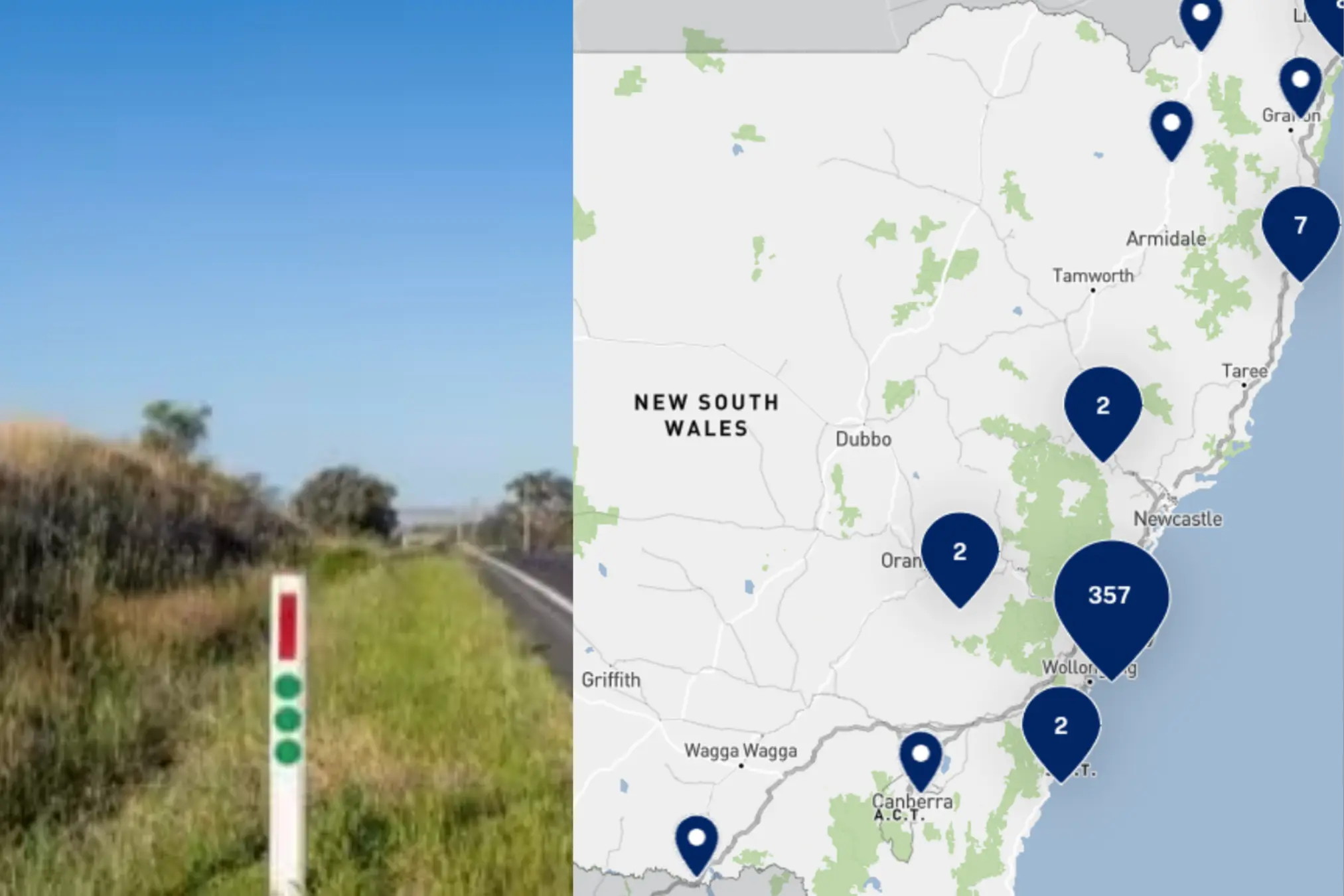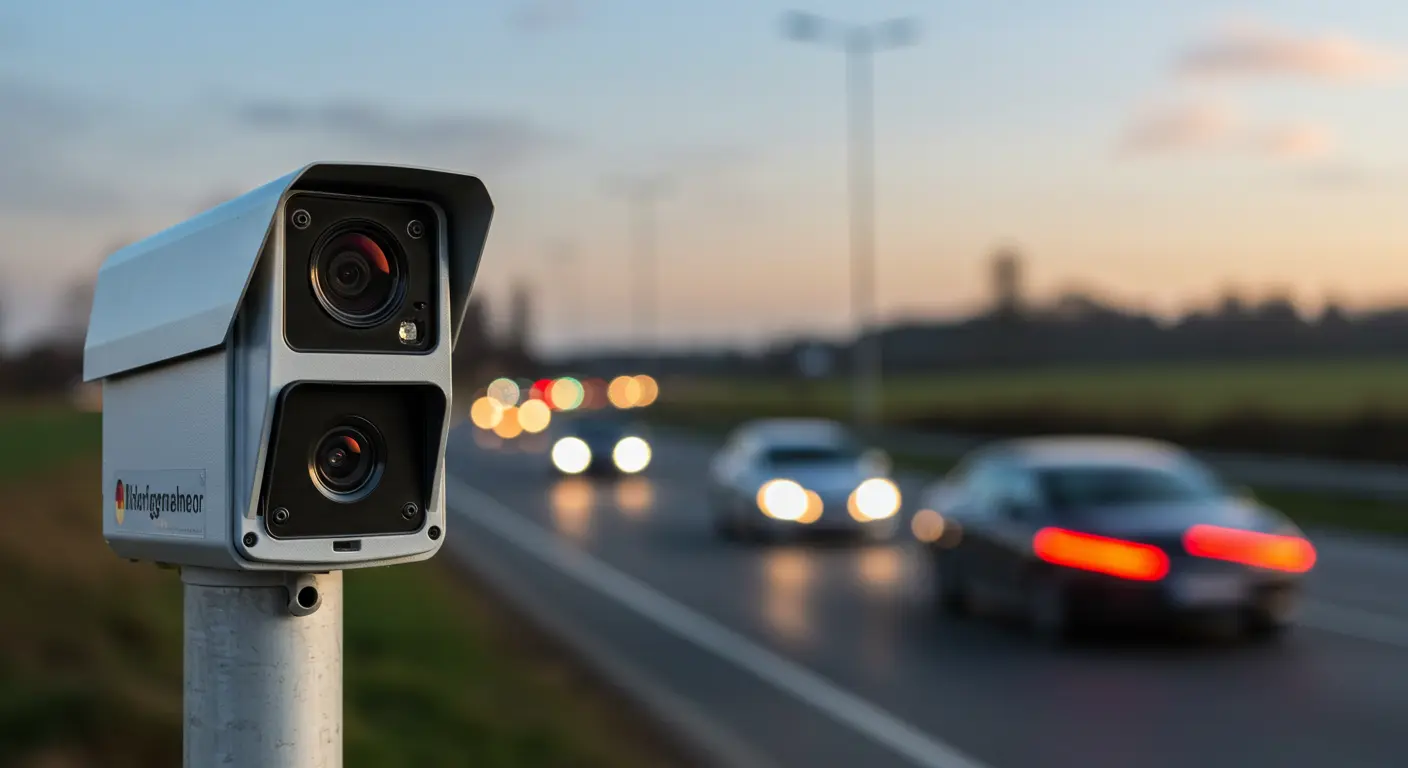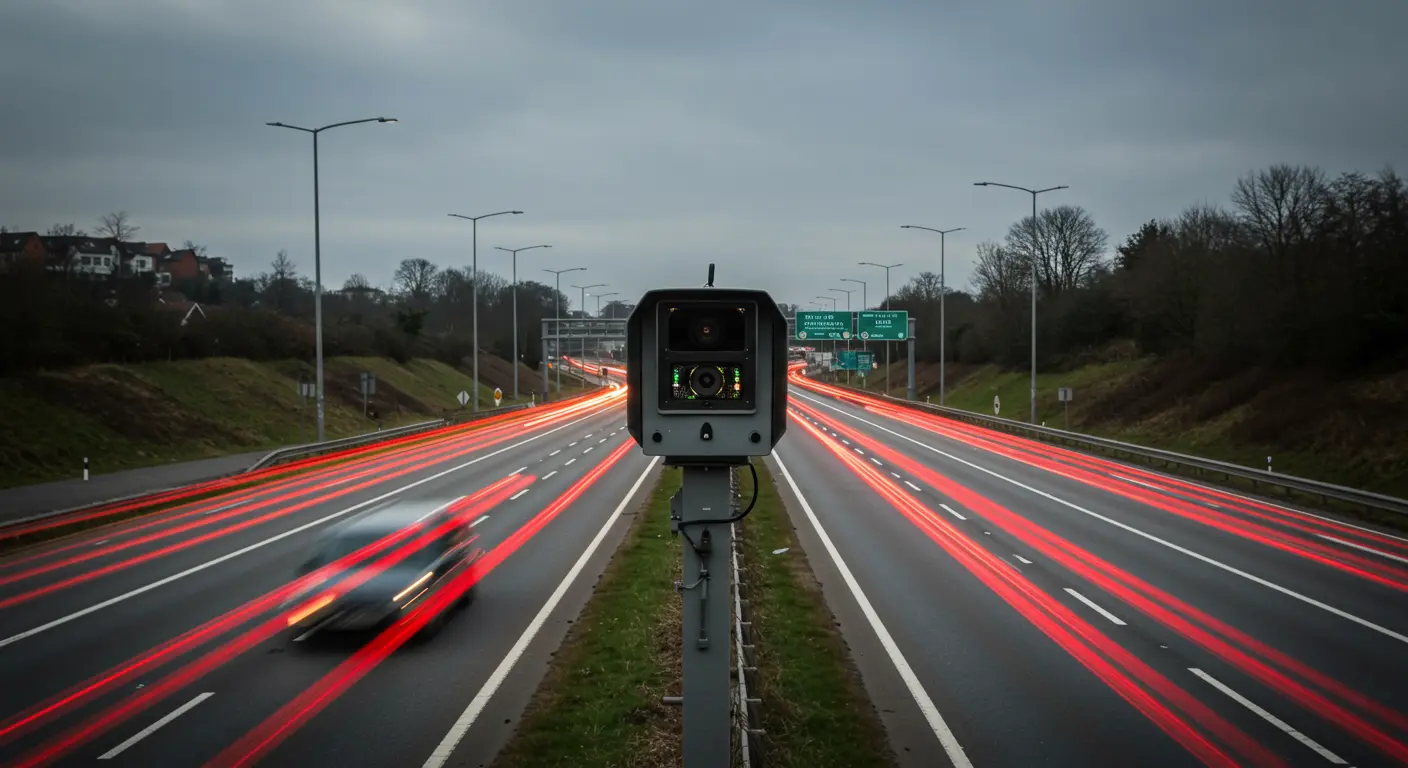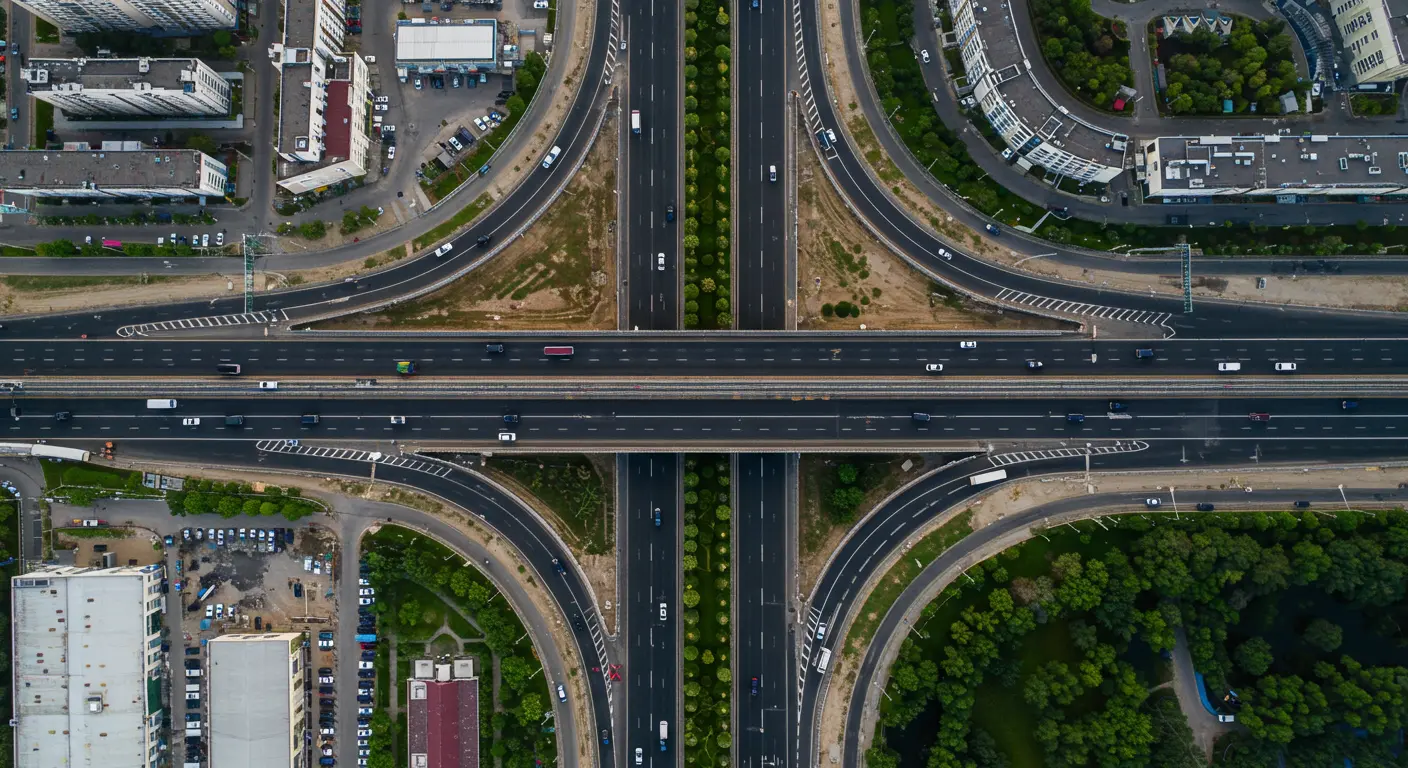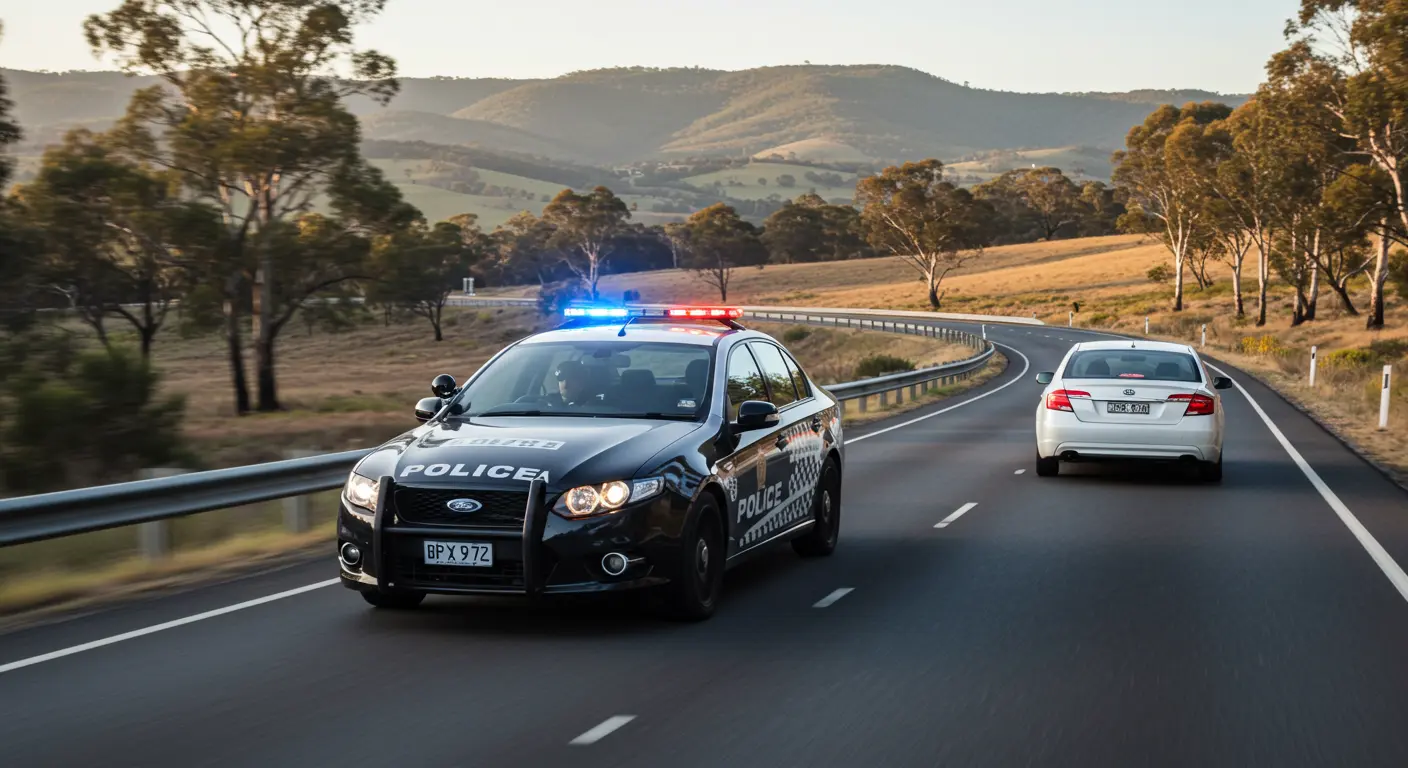New South Wales is preparing for a major shift in road safety, with average speed cameras set to monitor all vehicles for the first time.
From 1 May 2025, two major highways — the Pacific Highway (15km between Kew and Lake Innes) and the Hume Highway (16km between Coolac and Gundagai) — will activate average speed cameras for light vehicles as part of a new 14-month trial.

Until now, these cameras were used only for heavy vehicles. However, with regional NSW accounting for almost two-thirds of road deaths, the government is expanding their use in an effort to reduce serious injuries and fatalities.
Why the Change?
Minister for Roads John Graham said:
“We know that speed remains our biggest killer on the road, contributing to 41 per cent of all fatalities over the past decade.”
Data from 2018 to 2022 showed that nearly 80% of deaths and serious injuries at average speed camera sites involved light vehicles, not heavy trucks.
NSW has been the only place in the world to limit average speed cameras to just heavy vehicles. Now, with road trauma rates increasing, the time has come to align with other Australian states and international best practices.
How Do Average Speed Cameras Work?
Unlike fixed cameras that capture speed at a single moment, average speed cameras measure a vehicle's speed over a distance. They track the time taken to travel between two points and calculate the average speed.
This system discourages drivers from slowing down only when they see a camera and promotes consistent safe driving over longer distances.
Minister Graham explained:
“Studies from around the world show that using average speed enforcement cameras for all vehicles reduces the road toll, and road trauma.”
Research backs this, with studies showing:
- 49% reduction in deaths and serious injuries (Norway, 2015)
- 36% reduction in fatal and serious crashes (UK, 2016)
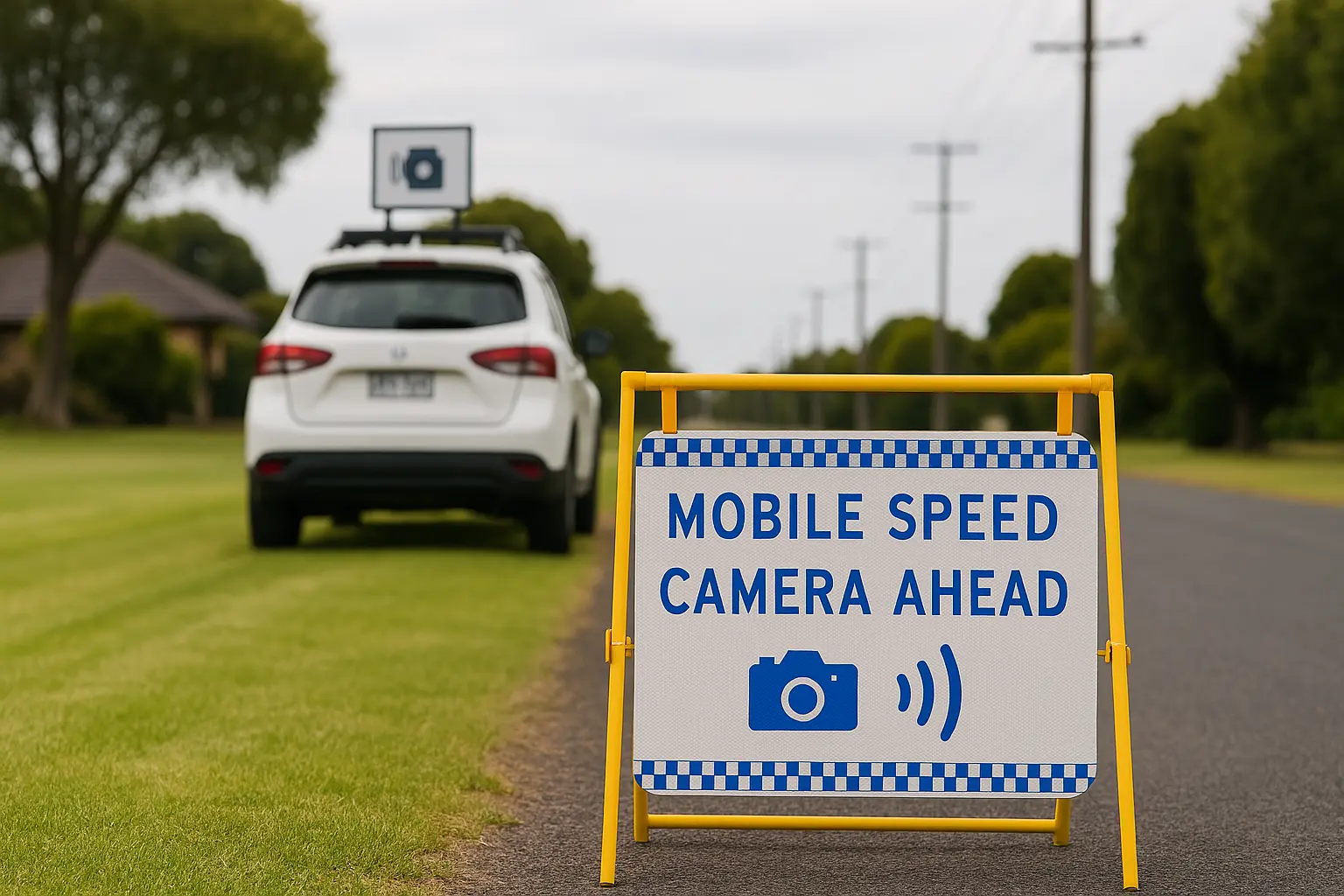
Grace Period Before Fines Start
The trial includes a 60-day warning period starting from 1 May.
During this time, light vehicle drivers caught speeding will receive warning letters, not fines. From 1 July 2025, full enforcement begins — meaning fines and demerit points will apply.
Heavy vehicle enforcement by these cameras will continue as usual throughout the trial.
Regional Focus
The trial focuses on regional areas, where most road fatalities occur. Minister for Regional Transport and Roads Jenny Aitchison said:
“Regional NSW is home to a third of the population but is where two-thirds of all road deaths happen.”
She added:
“With the majority of road trauma occurring in our regions we have chosen two regional locations to test the impact these cameras could have on road safety for all road users.”
To prepare drivers, a communications campaign will launch soon across print, radio, social media, and mobile billboards.
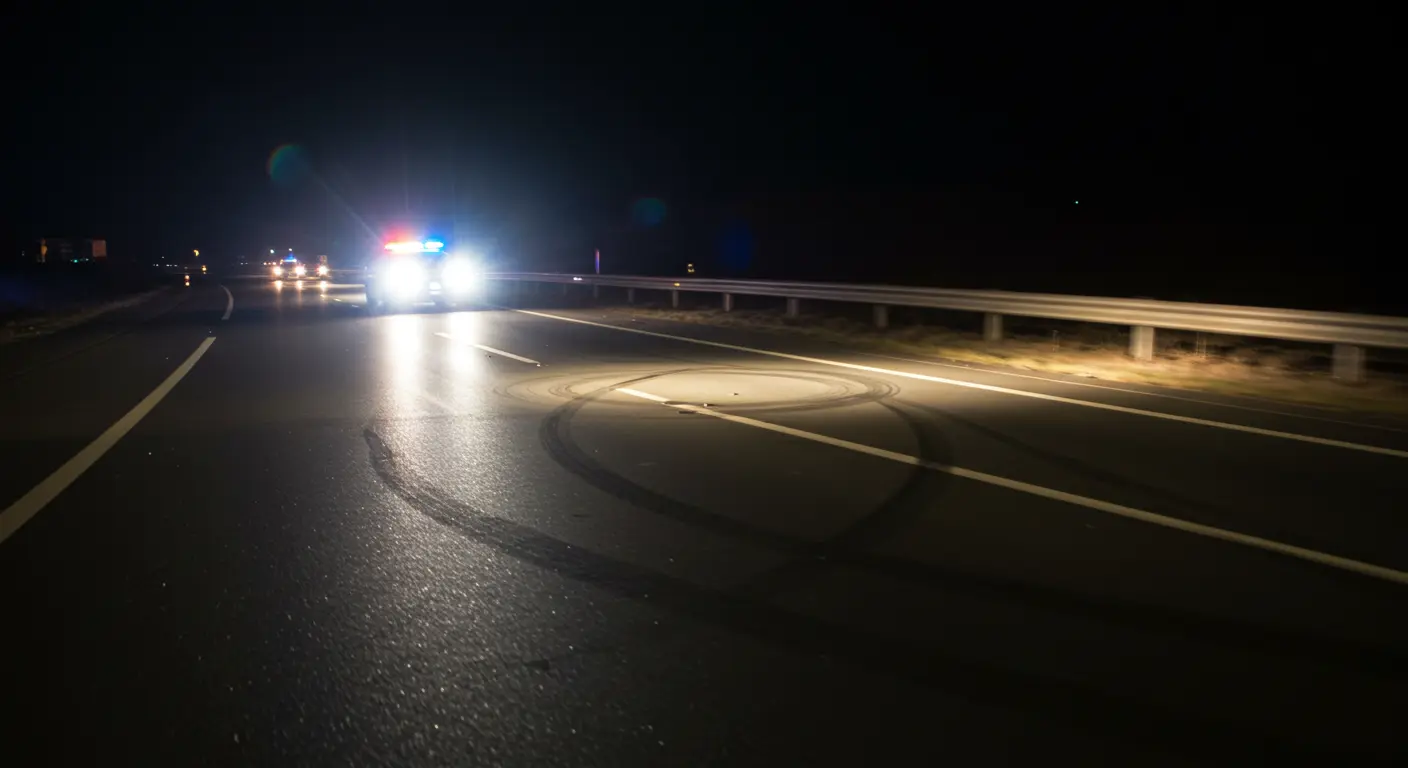
Part of a Broader Road Safety Push
The trial is one of several new road safety initiatives from the NSW Government, including:
- Seatbelt enforcement through mobile phone cameras
- Doubling mobile speed camera locations (hours remain the same)
- A demerit point return trial that has already rewarded 1 million drivers
- Stronger licence rules for foreign drivers
- Signing the National Road Safety Data Agreement
All average speed camera sites will be clearly signed to give drivers notice.
What Happens Next?
The full trial will run until mid-2026, after which the NSW Government will report the findings to Parliament.
Depending on the results, average speed cameras could be expanded across more NSW roads — bringing the state in line with Victoria, Queensland, and South Australia, where these systems already operate successfully.

